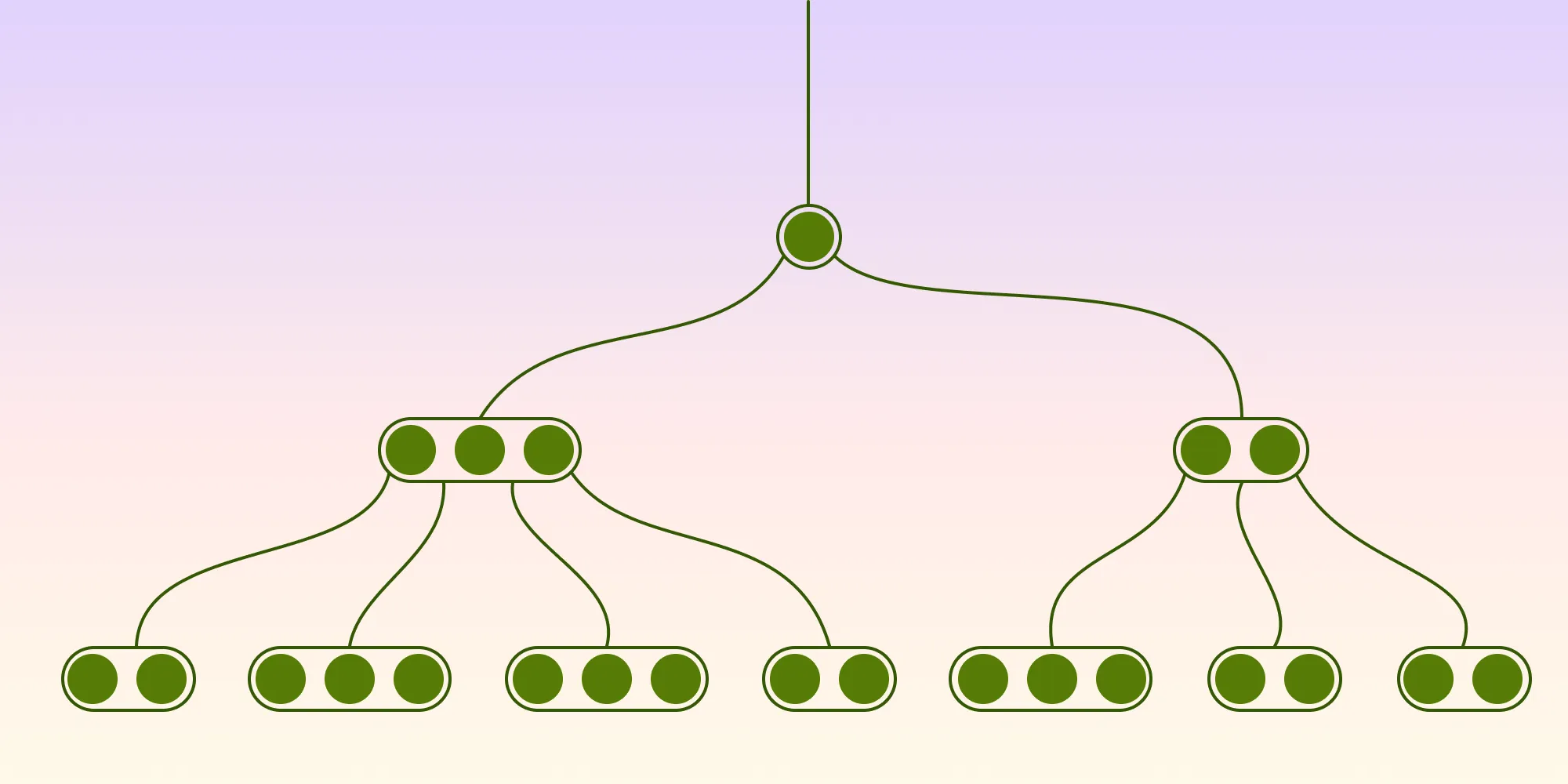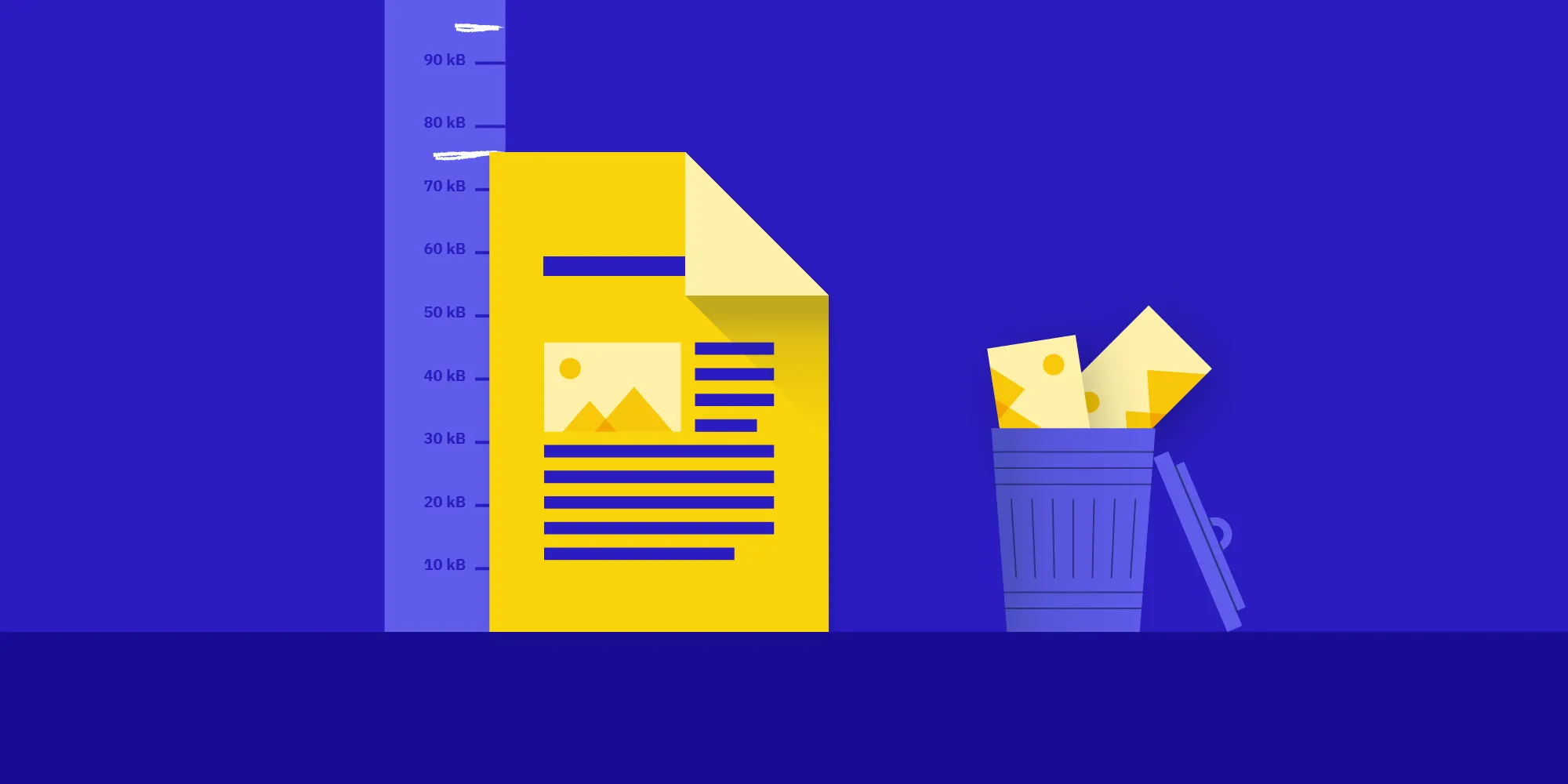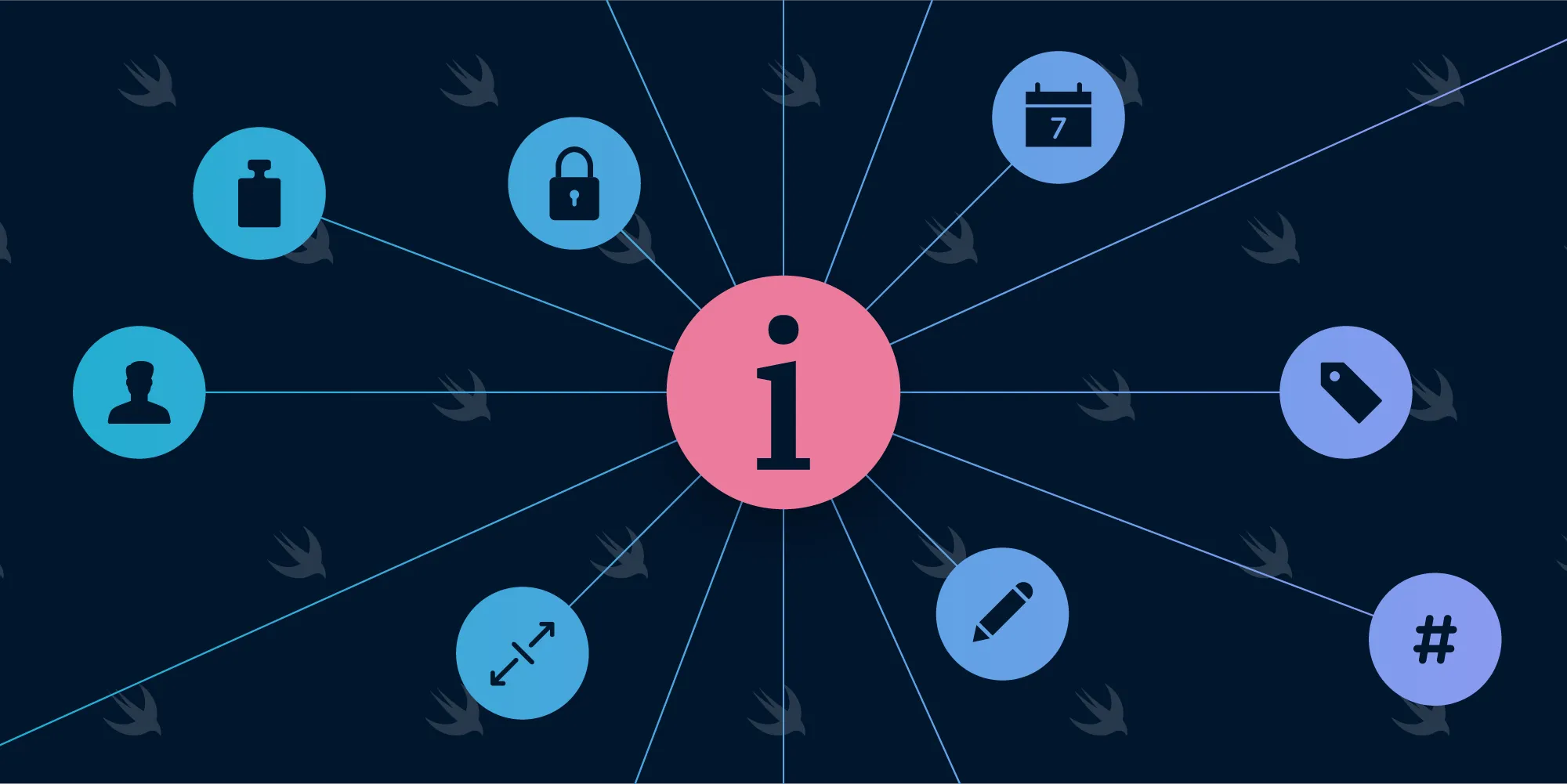Quickly summarize PDF documents with AI
Table of contents

This article shows you how to summarize PDF documents using modern AI techniques in fewer than 20 lines of Python. You’ll extract text with pdfplumber, and then generate concise summaries using Hugging Face’s BART model, or more advanced models like Mistral or LLaMA 2. The setup works locally or in Google Colab, supports multilingual documents, and can handle long PDFs using tools like LangChain or LlamaIndex.
When it comes to retrieving and storing information from the internet, there’s an extensive choice of tools to help collect and compile it. The list ranges from the simplest things, like browser bookmarks and physical notes, to more complicated software such as mind maps(opens in a new tab) and workspaces for personal knowledge management(opens in a new tab) that use databases and Markdown pages.
We’re exposed to a constant flow of news, information, and messages from different sources, so it’s becoming more and more important to be able to quickly and efficiently organize and distill what’s useful for us.
The power of conciseness
Condensing a topic into just a few pages (or lines) is a productivity superpower. Not long ago, summarizing long documents was a job only humans could do well.
Today, thanks to machine learning (ML) and natural language processing (NLP), you can teach a computer to do it for you — and it only takes a few lines of Python.
Rather than reinvent the wheel, these sections will include definitions compiled from other websites, as they do a better job than we can of describing these technologies.
Machine learning at your service
Machine learning(opens in a new tab) (ML) is a field that’s considered part of artificial intelligence(opens in a new tab) (AI). According to Wikipedia, “Machine learning algorithms are used in a wide variety of applications, such as in medicine, email filtering, speech recognition, and computer vision, where it is difficult or unfeasible to develop conventional algorithms to perform the needed tasks.”
Natural language processing, the tech behind the magic
Natural language processing(opens in a new tab) is another subfield of AI that, according to Wikipedia, is “concerned with the interactions between computers and human language, in particular how to program computers to process and analyze large amounts of natural language(opens in a new tab) data.”
Natural language processing dates back to the 1950s, and some great minds, like Alan Turing, worked on automated interpretation and generation of natural language.
BART, the model for text comprehension tasks

No, not that Bart! The BART model was proposed for the first time on 29 October 2019 in the research paper entitled BART: Denoising Sequence-to-Sequence Pre-training for Natural Language Generation, Translation, and Comprehension(opens in a new tab) by Mike Lewis, Yinhan Liu, Naman Goyal, Marjan Ghazvininejad, Abdelrahman Mohamed, Omer Levy, Ves Stoyanov, and Luke Zettlemoyer.
According to Hugging Face(opens in a new tab), “BART uses a standard seq2seq/machine translation architecture with a bidirectional encoder, like BERT(opens in a new tab), and a left-to-right decoder, like GPT(opens in a new tab).”
So what does that mean? Well, the paper’s abstract states that, “BART is particularly effective when fine tuned for text generation but also works well for comprehension tasks. It matches the performance of RoBERTa(opens in a new tab) with comparable training resources on GLUE(opens in a new tab) and SQuAD(opens in a new tab), achieves new state-of-the-art results on a range of abstractive dialogue, question answering, and summarization tasks, with gains of up to 6 ROUGE(opens in a new tab).”
Summarizing a PDF document the quickest possible way
OK enough with the jargon and boring details. Data extraction from PDF documents is already a tricky topic for most. So what we want to know is: How hard would it be to generate a summary of a PDF document without too much hassle?
The answer is: It can be done using fewer than 20 lines of code in Python! Using NLP for ML and the BART model, we can easily achieve the task of summarizing a PDF document written in English.
Getting started: Installation and setup
To dive into summarizing PDFs with machine learning, you’ll need a few key tools. Read on to get everything set up step by step!
- Install Python
First things first: Make sure you have Python installed on your computer. Download it from python.org(opens in a new tab) if you haven’t already.
- Set up a virtual environment
Virtual environments keep your project dependencies organized. Here’s how to create one:
python -m venv venvNow, activate it.
- On Windows:
venv\Scripts\activate- On macOS/Linux:
source venv/bin/activate- Install the required libraries
Next, you’ll need a couple of libraries: pdfplumber for extracting text from PDFs, and transformers with torch for summarization. Install them with:
pip install pdfplumber transformers torch- Verify the installation
Ensure everything is installed correctly by checking if you can import the libraries:
import pdfplumberfrom transformers import BartTokenizer, BartForConditionalGenerationimport torchExtract and summarize text from a PDF
Now that you’re set up, it’s time for the fun part: extracting text from a PDF and summarizing it with just a few lines of code.

Extracting text from a PDF
As a first step, you need to extract the text you want to process from a PDF document. For this task, you can use the Python library pdfplumber.
Save the following code into a Python file — for example, summarize_pdf.py:
import pdfplumber
# Open and extract text from the PDF.with pdfplumber.open(r'document.pdf') as pdf: extracted_page = pdf.pages[1] # Access the second page (index 1). extracted_text = extracted_page.extract_text() print(extracted_text)Make sure document.pdf is in the same directory as your script or provide the full path.
Summarize the extracted text
Next, you can use the transformers library offered by Hugging Face(opens in a new tab) and the BART tokenizer(opens in a new tab) with a distilled BART model(opens in a new tab) specifically trained for text summarization. The code below extracts the text and assigns it to the extracted_text variable:
from transformers import BartTokenizer, BartForConditionalGeneration
# Load the pretrained BART model and tokenizer.model = BartForConditionalGeneration.from_pretrained('sshleifer/distilbart-cnn-12-6')tokenizer = BartTokenizer.from_pretrained('sshleifer/distilbart-cnn-12-6')
# Tokenize the extracted text.inputs = tokenizer([extracted_text], truncation=True, return_tensors='pt')
# Generate a summary.summary_ids = model.generate(inputs['input_ids'], num_beams=4, early_stopping=True, min_length=0, max_length=1024)summarized_text = [tokenizer.decode(g, skip_special_tokens=True, clean_up_tokenization_spaces=True) for g in summary_ids]
print(summarized_text[0])Running the script
Execute your Python script to see the magic happen:
python summarize_pdf.pyAnd voilà, you’ll see the extracted text from the PDF and a concise summary generated by the BART model. 😎
The full implementation can be found in this Colab file(opens in a new tab). Google Colab is a free Jupyter notebook environment that runs entirely in the cloud. Executing all the steps starting from the beginning will give you the possibility of loading a document and checking the actual output in real time.
Conclusion
The goal of this blog post was to introduce you to machine learning and natural language processing applied to PDF documents, showing the quickest possible way to summarize a text. This task requires a wide skillset, and depending on the type of language involved (e.g. something scientific, academic, or conversational), the type of model you need will vary.
If you feel you can do it in fewer than 20 lines of code, contact me on Twitter(opens in a new tab) and I’ll be happy to look at your solution. 😀
FAQ
Most transformer models like BART have a maximum input token limit (e.g. 1024 tokens for distilbart-cnn-12-6). To handle overflow, implement a text-splitting strategy such as sliding windows or recursive chunking, preserve context with overlapping segments, and optionally build a multistage summarization pipeline where intermediate summaries are recursively condensed.
Extractive summarization selects original sentences directly from the input, preserving accuracy but often lacking cohesion. Abstractive summarization with models like BART or T5 generates new phrasing, providing fluency and compression, but with higher computational cost and potential for factual inconsistencies.
Use a microservice architecture with tools like FastAPI and TorchServe, process PDF text asynchronously with task queues such as Celery or Kafka, cache outputs using Redis, and deploy quantized models using ONNX or OpenVINO for efficient inference.
Subword tokenization with techniques like BPE or SentencePiece can fragment domain-specific terms, degrading model performance. To mitigate this, fine-tune in-domain corpora, use retrieval-augmented generation (RAG), or extend the tokenizer vocabulary using custom_vocab or special token mappings.
For long inputs, use models like LongformerEncoderDecoder, LED, or BigBird-Pegasus. Alternatively, implement hierarchical summarization by chunking and aggregating results, or use RAG and LLM chaining for high-context summarization across large document sets.
Use BERTScore for semantic similarity, QuestEval for question-answering consistency, and human evaluation for coherence and factual accuracy. In production environments, measure downstream performance and user satisfaction metrics.
First, apply OCR using tools like pytesseract or easyocr. For layout-sensitive extraction, use layoutparser or Nutrient .NET SDK. Clean the output text and pass it through a summarization model such as BART or T5.







